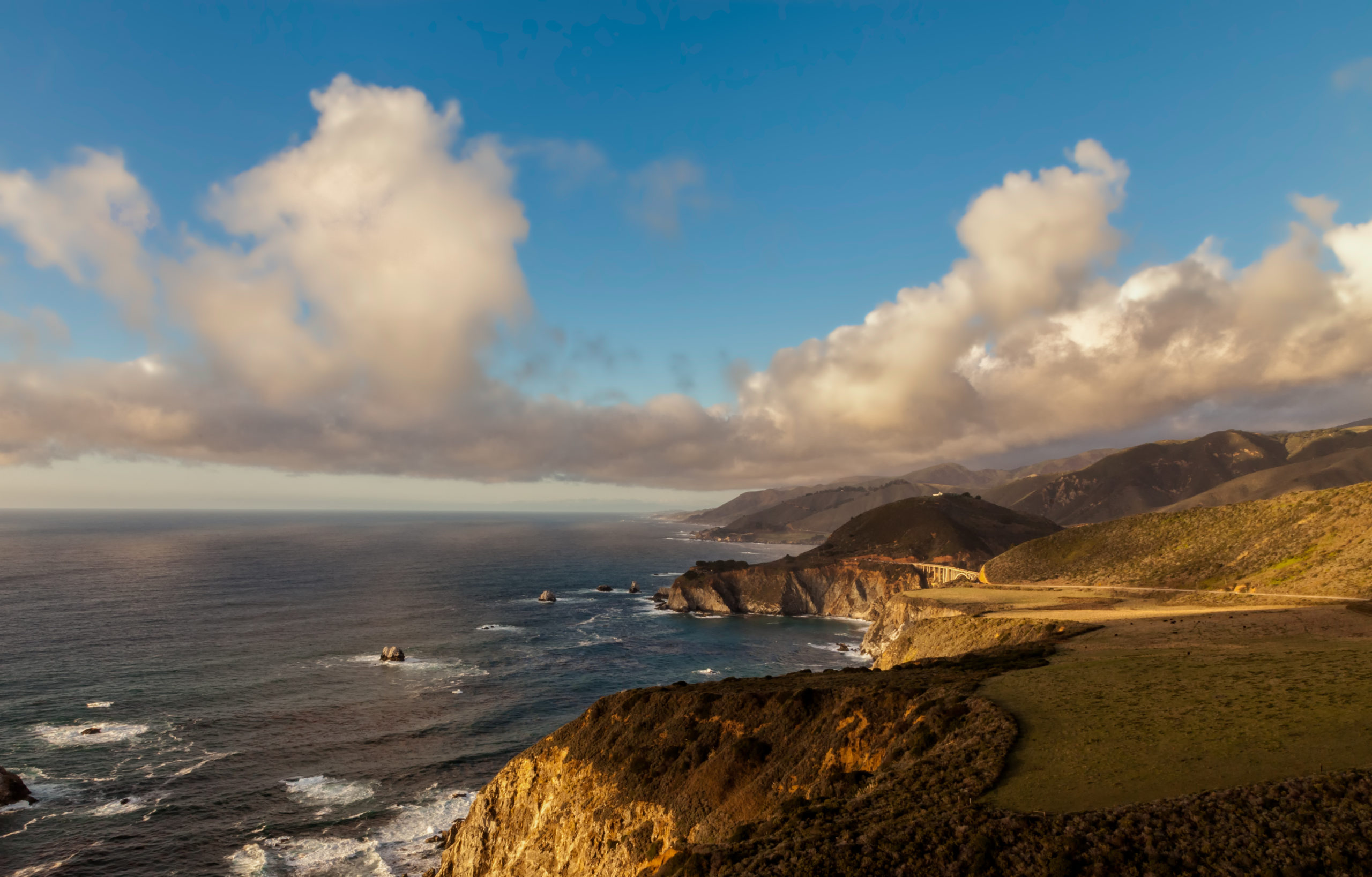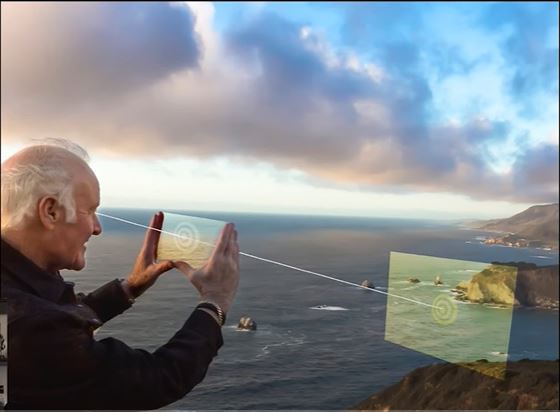Whoever said the sky’s the limit obviously didn’t go to MIT.
For about the cost of an iPod, two MIT students have sent a camera into near-space and snapped beautiful million-dollar shots of our planet. Justin Lee and Oliver Yeh spent a measly $148 on their contraption, which consisted of a Canon PowerShot A470 point-and-shoot camera, a styrofoam cooler and a weather balloon filled with helium. Their experiment, nicknamed Project Icarus, proves how a little ingenuity and careful planning can overcome even the tightest budgets.
The two students first had to figure out how to find the ingredients for their project through consumer-ready retailers. As they discovered, durable weather balloons (which can float as high as 20 miles up) are available on the internet and can be filled with helium at a party-supplies store for a total of $50. To solve the problem of low temperature in the stratosphere (-55 C), they wrapped the camera in hand-warmers and placed it inside a styrofoam beer cooler.
Then, rather than spend thousands of dollars on a state-of-the-art radio modem tracker, Lee and Yeh purchased a cheap $50 cell phone equipped with GPS technology. They attached it to the camera, and it updated them on its location via text messages.
Before the launch, on September 2nd, they also hacked the camera’s hardware and set up an intervalometer, a device which programmed the camera to snap photos every five seconds. The picture seen above was taken at 93,000 feet (18miles), the likely spot where the balloon popped and sent the contraption plummeting for 40 minutes back to Earth.
The resulting images, ranging from snapshots of cloud-specked land formations on Earth’s surface to hazy blue, sun-glazed pictures of Earth’s curvature, bridge the gap between science and art.
“This could be something big,” said Lee. “Imagine if the art kids and the science kids in high school got together to do something like [a space launch]. The fact that we were able to accomplish space photography on such a low budget and with minimal electronic modifications proves that it’s really possible for anyone, anyone at all, to do.”
So if you always thought it took a lot of money to capture great shots and be an innovative photographer, take Lee’s advice and just find an easier way. The world is out there — and anyone can discover it.







what if the contraption fell back to earth and landed on a child’s head ?
what if the contraption fell back to earth and landed on a child’s head ?
Where can other pictures their camera took be seen? That’s pretty awesome!
Where can other pictures their camera took be seen? That’s pretty awesome!
[…] your own camera into near-space for less than $200, it is called the Icarus Project. Thanks to Silber Studios for the link. Near Space […]
[…] your own camera into near-space for less than $200, it is called the Icarus Project. Thanks to Silber Studios for the link. Near Space […]
Wow, exiting to see the results of such ingenuity and practicality.
I guess the sky is the limit, doesn’t apply here.
http://freddyoropeza.com/blog/
Wow, exiting to see the results of such ingenuity and practicality.
I guess the sky is the limit, doesn’t apply here.
http://freddyoropeza.com/blog/